The Dynamics of Rabbit Social Structure: Creating a Harmonious Home
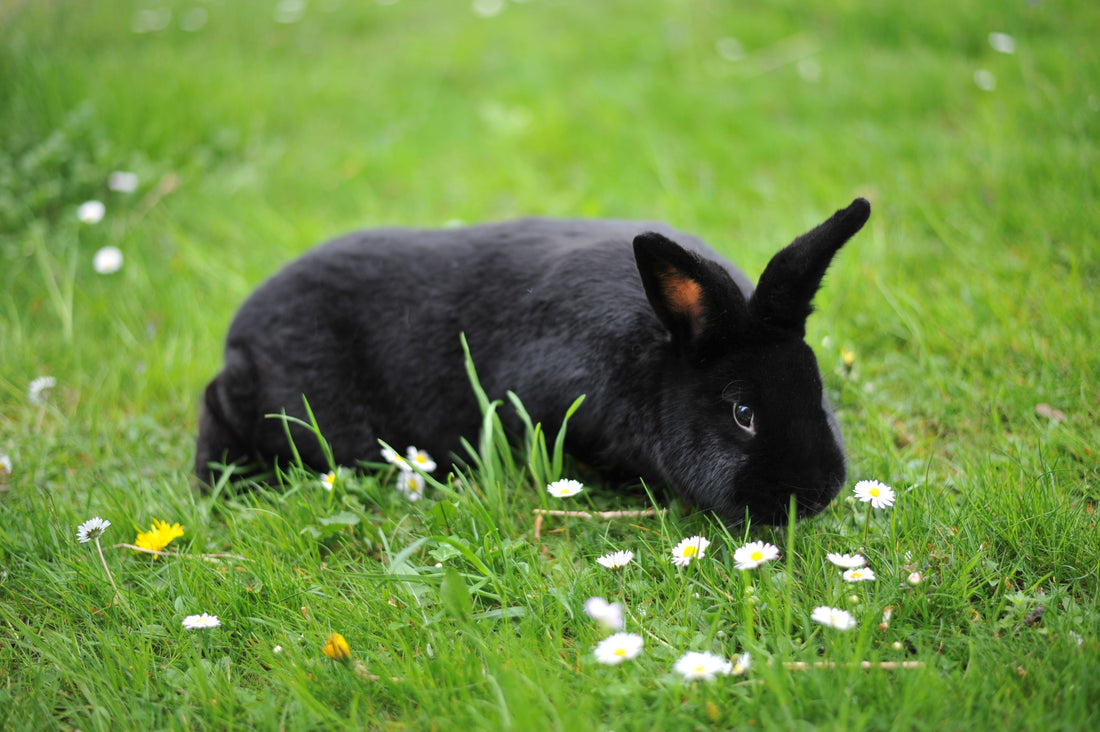
Introduction: Rabbits are inherently social creatures that thrive in the company of their own kind. In the wild, they form complex social structures that offer protection, companionship, and behavioral enrichment. This instinctual need for social interaction doesn't diminish in domestic settings. Understanding the social needs of pet rabbits is crucial for their emotional and physical well-being. This blog explores the best practices for creating a harmonious rabbit home, considering the number of rabbits, gender pairings, and the importance of neutering.
The Importance of Companionship
Rabbits are not solitary animals; they require interaction with other rabbits to fulfill their social needs. A single rabbit, despite receiving ample human attention, can experience loneliness and depression. Introducing a companion can significantly improve the quality of life for pet rabbits, providing them with the necessary social interaction and stimulation.
Ideal Pairings: Finding the Perfect Match
When considering adding another rabbit to your home, the gender and temperament of the rabbits play a significant role in ensuring a harmonious relationship:
- Male-Female Pair: This is often considered the ideal pairing for pet rabbits, as they tend to form strong bonds. However, it's crucial to neuter both parties to prevent unwanted litters and reduce hormonal aggression.
- Female-Female Pair: Two females can live together harmoniously, especially if they are from the same litter or introduced at a young age. Neutering is recommended to alleviate any potential aggression.
- Male-Male Pair: Males can also coexist peacefully, particularly if they grow up together. Neutering is essential once they reach sexual maturity to prevent aggressive behaviors spurred by hormonal changes.
The Role of Neutering
Neutering is a vital component in managing rabbit social dynamics. It not only prevents unwanted breeding but also plays a significant role in reducing aggressive and territorial behaviors. Neutered rabbits are generally more relaxed, making them better companions for their rabbit friends and their human families.
Introducing Rabbits: A Step-by-Step Guide
Introducing a new rabbit to your home requires patience and careful planning:
- Quarantine: Keep the new rabbit separate initially to ensure they are healthy and to prevent the spread of any potential diseases.
- Neutral Territory: Introduce the rabbits in a neutral area where neither rabbit has established territory.
- Supervised Interaction: Monitor their interactions closely, looking for signs of aggression or distress. Gradual and positive introductions can help build a lasting bond.
- Shared Living Space: Once the rabbits show signs of acceptance, such as grooming each other or lying together, they can begin to share a living space.
Conclusion
The social structure of rabbits in the wild provides valuable insights into their needs as domestic pets. By carefully considering the number of rabbits, their gender, and the importance of neutering, pet owners can create a harmonious and happy home for their furry friends. Remember, a happy rabbit is a social rabbit, and with the right companion, your pet rabbit can enjoy the companionship it naturally craves.
No comments


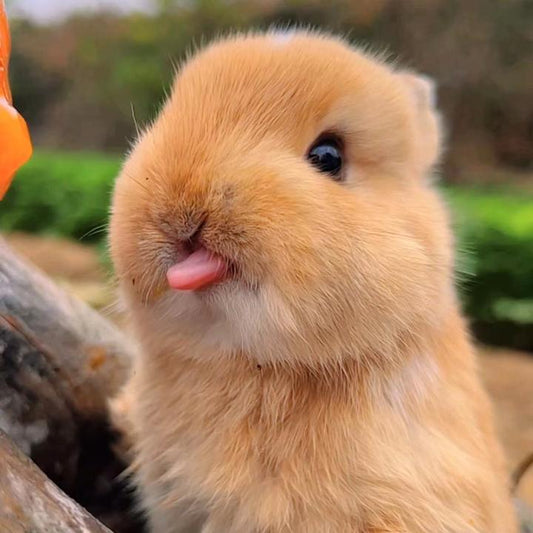
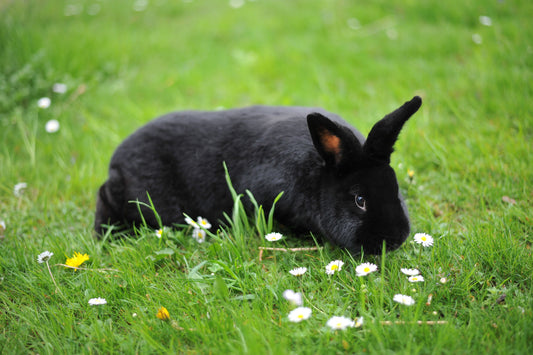
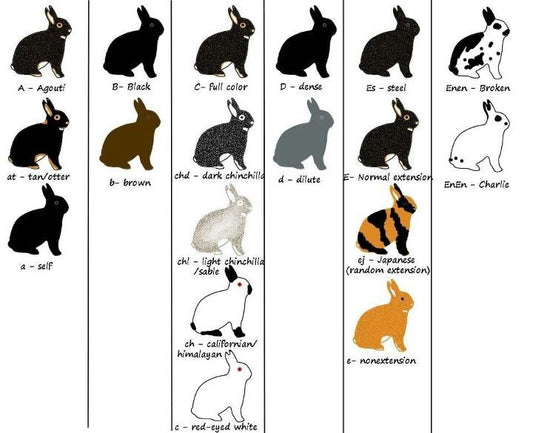

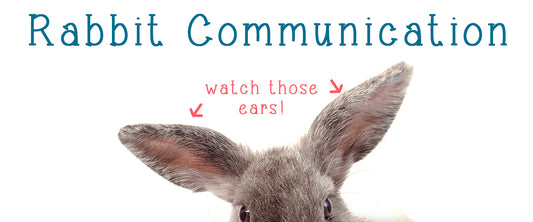


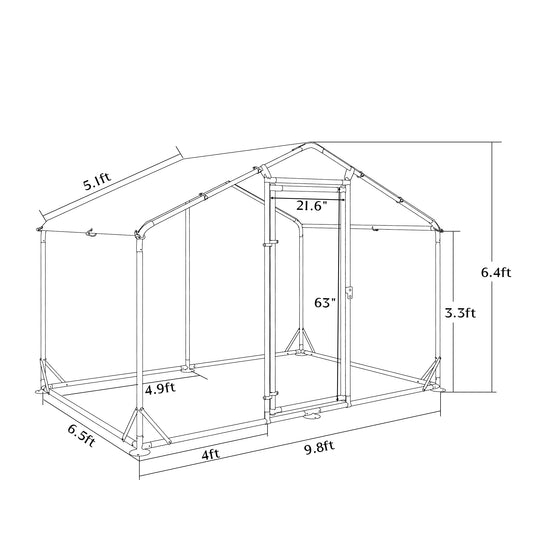
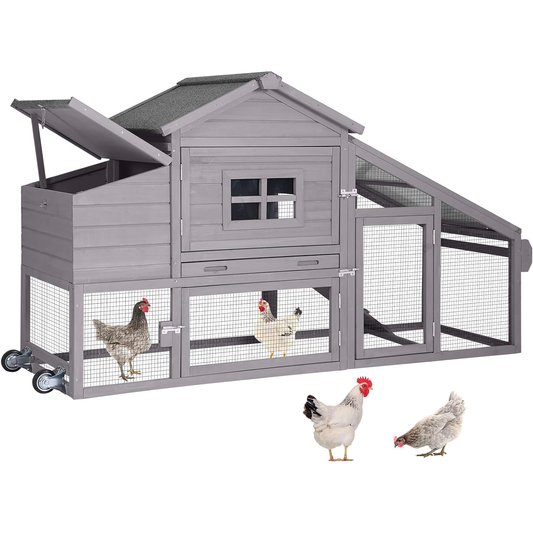

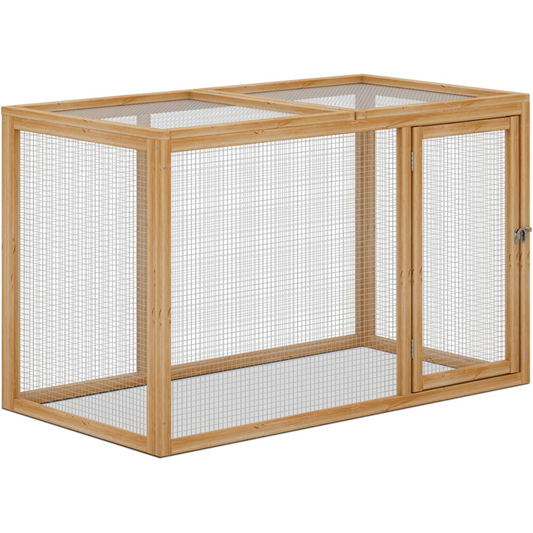

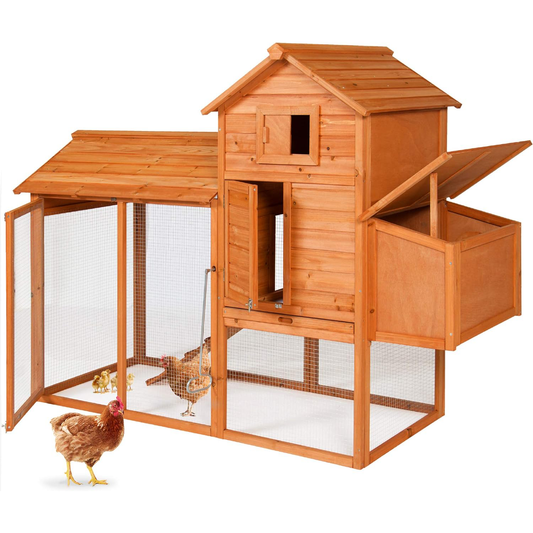
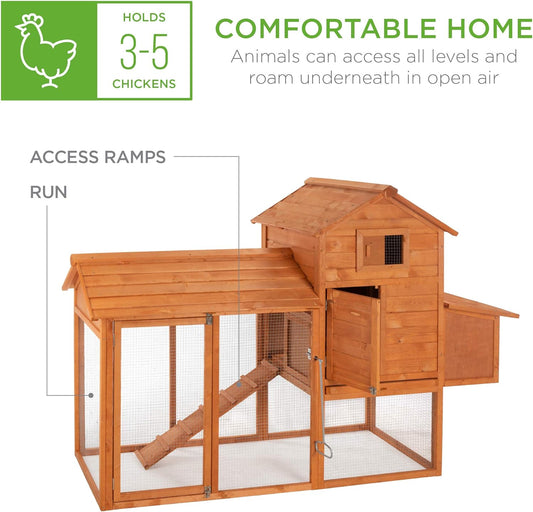
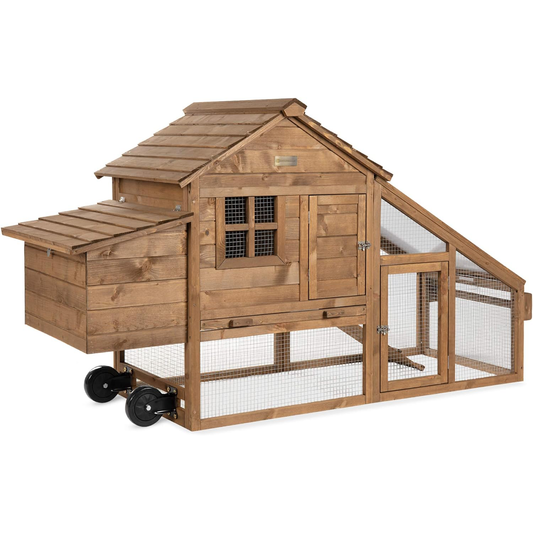

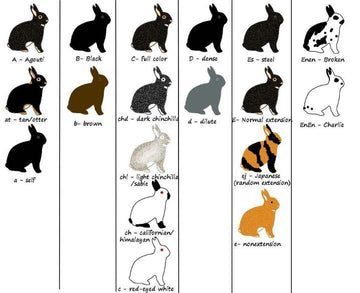


0 comments